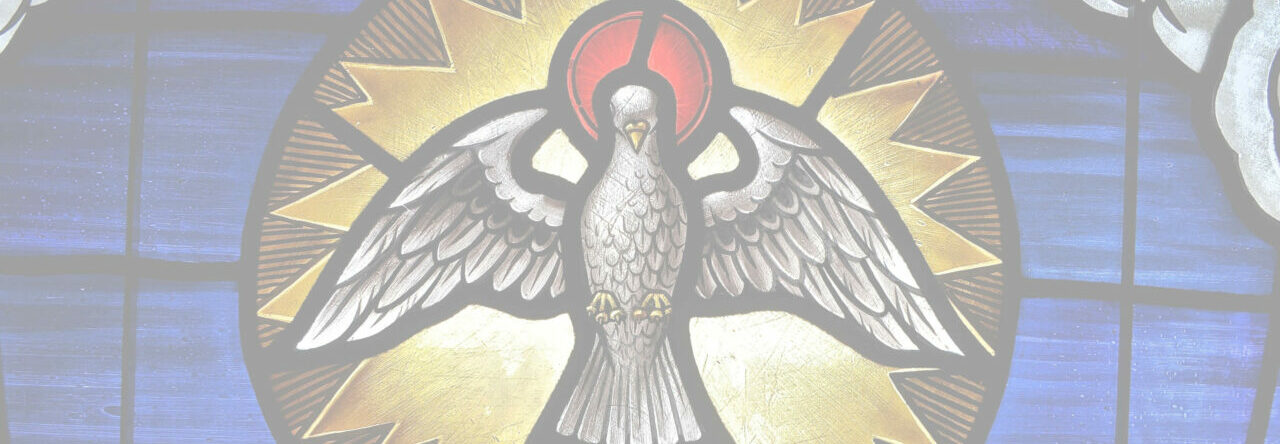 In the “nuts and bolts” series, I explain and discuss some of the fundamental ideas in philosophy (and theology sometimes) that are taken for granted within the discipline, but which might not be very well known to ordinary human beings. This time the subject is nominalism.
In the “nuts and bolts” series, I explain and discuss some of the fundamental ideas in philosophy (and theology sometimes) that are taken for granted within the discipline, but which might not be very well known to ordinary human beings. This time the subject is nominalism.
Do tables exist? Do all red apples (assuming that apples exist) have something called “redness” in common? These might strike most people as pretty weird questions, but questions like these are at the heart of the distinction between realism and nominalism. They’re both ways of addressing the problem of universals. We classify things all the time; as circular, as yellow, as an elephant, as a mountain, as a snail, as wooden, as evil, and so on. Nominalism and realism are alternative ways of thinking about what we’re actually doing when we classify things this way. I’m going to be zooming in on nominalism here, but I’ll be simplifying heavily in the spirit of only attempting to provide the nuts and bolts, without going into a whole lot of depth.
